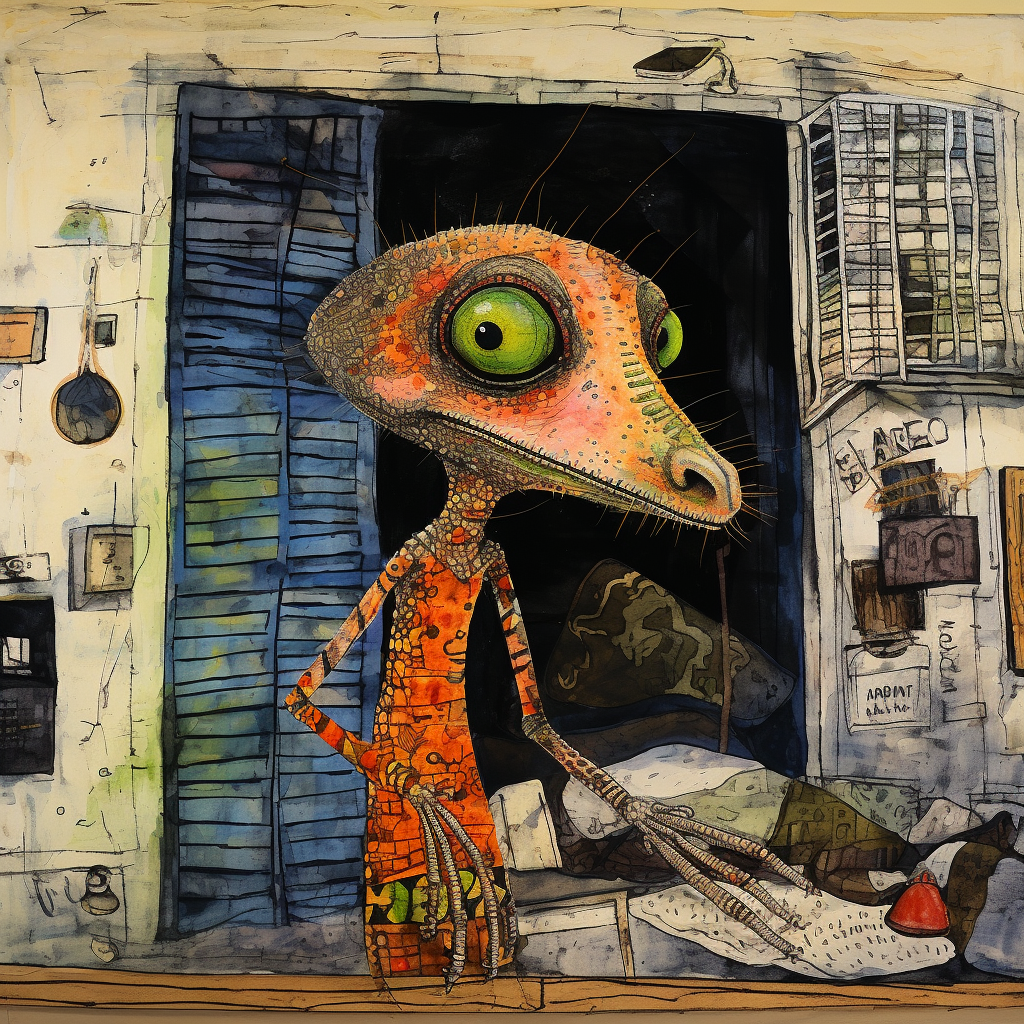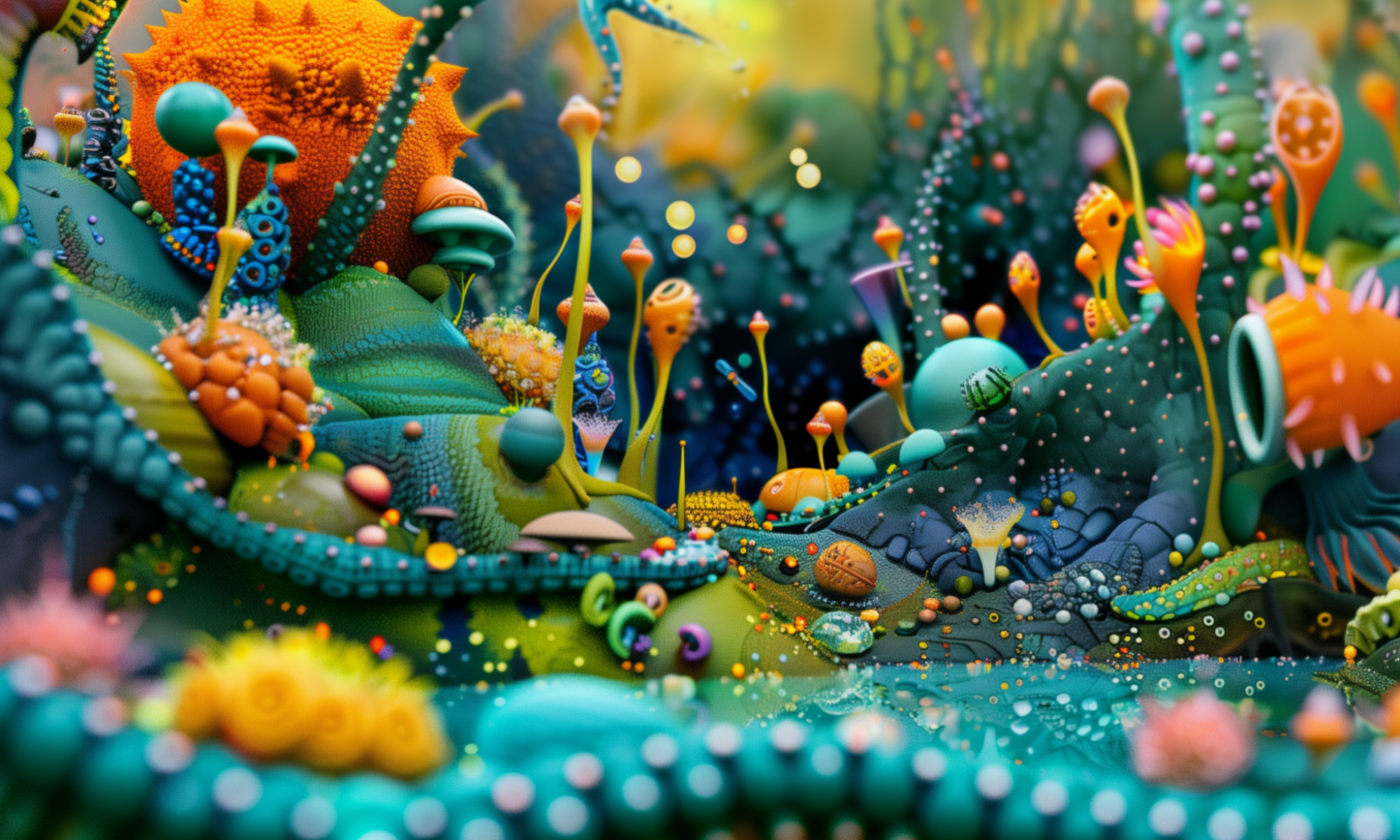
Dubuffet believed cultural polish suffocated imagination. Art Brut meant art unspoiled by norms — direct, primal, anti-bourgeois. He contrasted it with what he called “cultural art,” which he saw as mannered and formulaic. Where museums prized refinement, Dubuffet sought authenticity, strangeness, and visions born of compulsion or necessity rather than ambition.

Art Brut intersected with Surrealism and Dada but remained distinct. Surrealists admired dreams; Dubuffet admired raw compulsion. The movement influenced Outsider Art (a term more common in English), Folk Art, and contemporary visions of creativity unbound by training. Its ethos resonates today in everything from zines and street art to AI experiments that bypass traditional gatekeepers.

By the 1970s and ’80s, Art Brut broadened beyond Dubuffet’s narrow criteria. Outsider Art fairs and exhibitions brought the work of self-taught and marginalized creators into public view. Figures like Adolf Wölfli, Henry Darger, and Martín Ramírez became canonical — once ignored, now revered as singular voices outside the academy.

Today, Art Brut is less a movement than a lens: a way of valuing art made without formal schooling, institutional context, or commercial intent. It challenges assumptions of taste and authority, reminding us that raw imagination — obsessive, untrained, and deeply personal — can be as powerful as any museum masterpiece.


